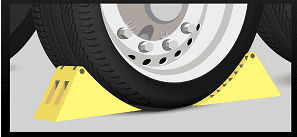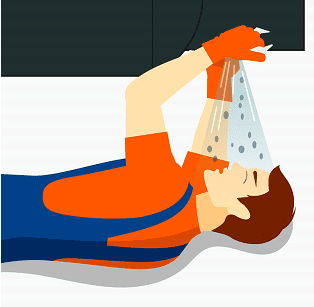1. Safety Standards for Commercial Vehicles
The Highway Traffic Act and its regulations set forth specific requirements for the safe operation of commercial motor vehicles. Ensuring compliance with these standards is crucial for maintaining road safety and avoiding legal penalties. If a vehicle does not meet these requirements, the driver, operator, and owner are responsible for ensuring that the vehicle is not operated on any road or highway. Non-compliance with The Highway Traffic Act and its regulations is considered an offense and can result in various penalties, ranging from fines to the detainment or impoundment of the vehicle.
Importance of Compliance
Operating a vehicle with defects or failing to perform the necessary inspections can have serious consequences. Charges may be brought against the driver and/or the operator, and the vehicle could be detained or impounded. Regular inspections and prompt attention to any identified defects are essential practices for ensuring the safety of commercial vehicles and compliance with legal standards.
Key Points
- Understand and Follow Regulations: It is imperative for drivers of air-brake-equipped vehicles to be thoroughly familiar with The Highway Traffic Act and related regulations.
- Safety Inspections: Regularly conduct thorough inspections of the air brake system to identify and address any defects.
- Responding to Defects: If a defect is found in the air brake system, follow the outlined procedures to rectify the issue promptly.
- Legal Consequences: Non-compliance with safety standards can lead to fines, vehicle detainment, or impoundment, along with potential charges against the driver and/or operator.
- Responsibility: The responsibility for ensuring compliance lies with the driver, operator, and owner of the vehicle.
2. Safety Concerns While Inspecting Air Brake Systems
When conducting an inspection of the air brake system, it is crucial to follow specific safety precautions to avoid potential hazards. Here are the steps to ensure a safe and thorough inspection:
Park on a Level Surface
- Rationale: Conducting inspections on a level surface minimizes the risk of the vehicle rolling. Since some inspection steps require the parking brakes to be released, this precaution helps prevent unexpected vehicle movement.
- Action: Ensure the vehicle is parked on flat, even ground before beginning the inspection.
Park Away from Traffic and Hazards
- Rationale: Positioning the vehicle away from traffic and other hazards creates a safer work environment around the vehicle, reducing the risk of accidents.
- Action: Choose a location that is clear of traffic and potential hazards to conduct your inspection.
Turn Off the Engine
- Rationale: Moving parts within the engine compartment can pose significant safety risks. Inspections should always be performed with the engine off to prevent injuries.
- Action: Ensure the engine is turned off before starting the inspection.
Secure the Vehicle with Wheel Chocks or Blocks

- Rationale: Wheel chocks or blocks are essential for preventing vehicle movement during inspections, especially when the parking brakes are released and the driver must leave the seat.
- Action: Place wheel chocks or blocks under the wheels to secure the vehicle.
Avoid the Path of Compressed Air Exhaust

- Rationale: Compressed air exhaust from the air brake system components can be hazardous. It’s important to stay clear of these areas to prevent injury.
- Action: Be mindful of the areas where compressed air may be released and avoid standing in those paths.
3. Regular Inspections and Legal Requirements
- Regular Inspections: Regular inspections of vehicles with air brakes are mandated to ensure compliance with The Highway Traffic Act and its regulations. These inspections help identify and address any defects in the air brake system promptly.
- Reporting Defects: Drivers are legally required to report any defects found in the air brake system to the vehicle operator. This ensures that necessary repairs can be made to maintain the safety and legality of the vehicle’s operation.
By following these safety precautions and maintaining regular inspection routines, drivers can help ensure their vehicles remain safe and compliant with legal standards.

